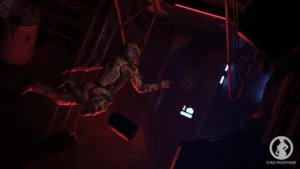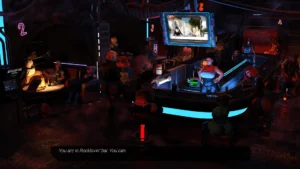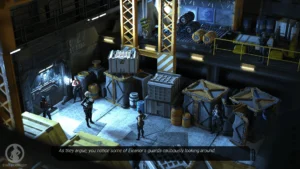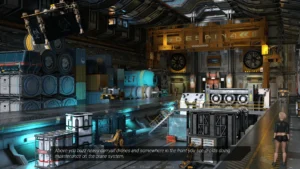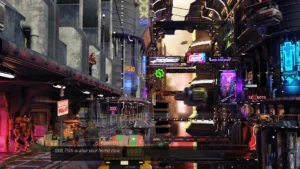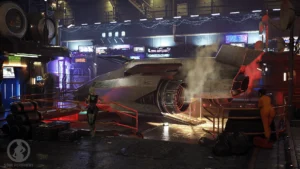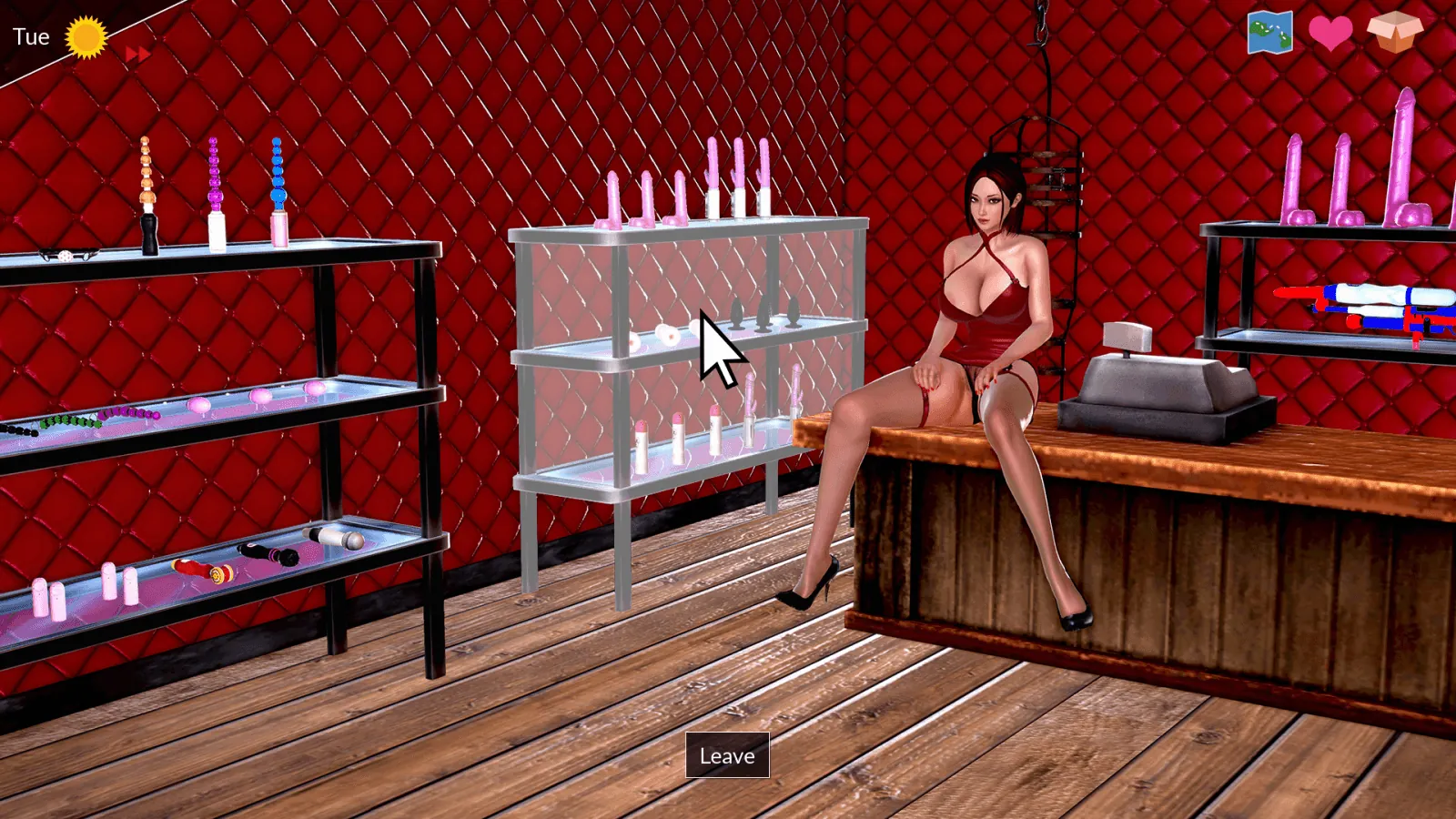
Star Periphery
Play Star Periphery
Star Periphery review
Explore the unique narrative, gameplay mechanics, and atmospheric design of Star Periphery
Star Periphery is a captivating choice-driven visual novel set in a gritty sci-fi universe, offering players a rich narrative experience with multiple outcomes. This game stands out for its immersive storytelling, atmospheric design, and unique character interactions that shape the player’s journey. Whether you’re new or returning, this article dives deep into what makes Star Periphery a compelling title to explore.
Exploring the Narrative and Gameplay of Star Periphery
Have you ever played a game where your choices actually mattered? I remember booting up Star Periphery for the first time, expecting a standard sci-fi tale, and within the first hour, a simple dialogue option I picked completely altered my relationship with a key crew member. 🚀 That’s the magic of this interactive story game—it doesn’t just tell you a story; it lets you live it. The core of the Star Periphery gameplay experience is built around a choice-driven narrative that responds to your every move, making you the author of your own cosmic adventure. If you’re tired of games where decisions feel inconsequential, you’re in for a treat.
How Does the Choice-Driven Storyline Work?
At its heart, Star Periphery employs a semi-linear narrative structure. This means that while there’s a central plot guiding you through the stars, how you get there—and who you become along the way—is entirely up to you. 🧩 The choice-driven narrative isn’t just about picking “good” or “evil” options; it’s a complex web of interpersonal dynamics, moral quandaries, and strategic alliances. Every conversation, every location you visit, and every character you interact with can branch the story in unexpected directions.
I learned this the hard way when I decided to be brutally honest with my ship’s engineer about a system failure. I thought I was being efficient, but that single player decisions impact led to her distrusting me for several chapters, locking me out of a side quest that provided crucial ship upgrades. 😬 This is where the game shines: your choices have weight, and the interactive story game elements ensure that no two playthroughs are identical. The narrative adapts, remembers your past actions, and weaves them into future events, creating a deeply personal experience.
My advice? Don’t be afraid to role-play. If you want to be a charismatic diplomat or a reclusive scientist, commit to it. The game rewards consistency in your character’s personality.
The exploration in Star Periphery is seamlessly tied into this narrative framework. As you travel to different planets and space stations, you’re not just sightseeing; you’re uncovering clues, meeting new characters, and triggering events that can only be accessed through thorough investigation. On my second playthrough, I spent extra time poking around a derelict freighter and stumbled upon a data log that completely changed my perspective on the main antagonist. 🔍 This level of detail makes the world feel alive and responsive to your curiosity.
What Are the Key Gameplay Mechanics?
The Star Periphery gameplay is elegantly simple yet profoundly deep, focusing on player agency through a few core systems. Central to this is the perk-based progression system, which allows you to customize your captain’s abilities and influence how you interact with the world. Instead of grinding for experience points, you earn perks by making significant story decisions and achieving personal milestones. For example, choosing to negotiate a peace treaty might unlock the “Diplomat” perk, giving you new dialogue options in future conflicts.
Another key element is the dialogue system. It’s not just about what you say, but how and when you say it. Interrupting a character, choosing to listen, or revealing a secret at the wrong moment can alter relationships and story paths. The exploration in Star Periphery is equally vital; moving through beautifully rendered environments isn’t just for aesthetics—it’s how you discover new plot threads and character backstories. 🪐
Here’s a quick breakdown of how these mechanics directly affect your journey:
| Gameplay Mechanic | Effect on Story Progression |
|---|---|
| Perk Selection | Unlocks unique dialogue and interaction options, opening new narrative branches |
| Dialogue Choices | Immediately impacts character relationships and available quests |
| Location Exploration | Reveals hidden story elements, collectibles, and alternate paths |
| Relationship Building | Determines which endings are accessible based on ally loyalty |
The perk-based progression is what makes replaying Star Periphery so addictive. On one run, I focused on technical perks, which let me hack into secure systems and bypass certain conflicts. On another, I prioritized social perks, turning tense standoffs into peaceful resolutions. This flexibility ensures that the Star Periphery gameplay remains fresh and encourages you to experiment. 🎮
How Do Player Decisions Influence Outcomes?
The true genius of Star Periphery lies in how it makes you feel the consequences of your actions. The player decisions impact is not just a marketing phrase—it’s woven into the fabric of the game. From the moment you start, every choice you make is tracked, and the narrative evolves based on your cumulative actions. This leads to the famous multiple endings Star Periphery is known for, where the fate of characters, factions, and even entire planets can hinge on a single decision you made hours earlier.
Let me share a case study from my own experience. In one playthrough, I decided to sacrifice a valuable resource to save a minor character early on. I didn’t think much of it until the final chapters, when that character reappeared with a fleet of ships to aid me in the climax, completely turning the tide of battle. ⚔️ Conversely, in another run, I ignored their plight, and I faced that final battle alone and outgunned. This level of cause and effect is staggering and makes every choice feel significant.
The multiple endings Star Periphery offers aren’t just variations on a theme; they’re fundamentally different conclusions based on your relationships, moral alignment, and key story choices. I’ve seen endings where my captain retired peacefully on a frontier world, others where they became a feared warlord, and one where they vanished into unknown space, leaving their legacy behind. This variety is a direct result of the player decisions impact throughout the game.
Practical tip: Keep multiple save files, especially before major story beats. This lets you explore how different choices play out without committing to a single path.
The interactive story game design means that even small, seemingly innocuous decisions can ripple outward. Choosing to share a personal story with a crewmate might unlock a new perk, or deciding to explore a suspicious signal could lead to an entirely new story arc. This encourages a playstyle where you’re always thinking about the long-term player decisions impact, making Star Periphery not just a game to be played, but a world to be shaped. By embracing the choice-driven narrative and the rich Star Periphery gameplay, you’re not just witnessing a story—you’re living a unique one that truly belongs to you. 🌌
Star Periphery offers a rich and immersive experience through its detailed narrative and engaging gameplay mechanics. By exploring its atmospheric sci-fi world and making meaningful choices, players can unlock diverse storylines and outcomes. Whether you enjoy deep character interactions or exploring unique settings, Star Periphery provides a compelling journey worth experiencing. Dive in, experiment with your decisions, and discover all the paths this game has to offer.

